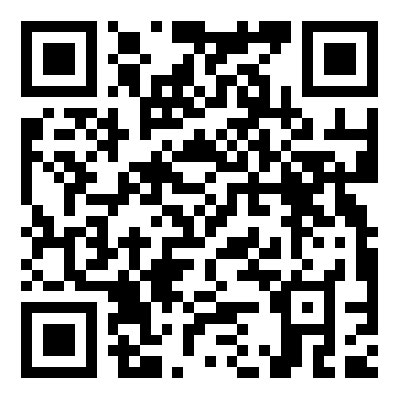The Principle of Sunlight Readable TFT Display
2023-10-18
The principle of a sunlight-readable TFT display involves optimizing the screen's visibility and readability under bright outdoor conditions, such as direct sunlight. It aims to enhance the screen's brightness, contrast, and other characteristics to ensure that the content displayed remains visible and clear even in intense sunlight. This is crucial for various applications, including outdoor digital signage, automotive displays, marine displays, and portable devices used in sunny environments.
Here are some key principles and techniques used to achieve sunlight readability in TFT displays:
High Brightness: Sunlight-readable TFT displays are designed to have higher brightness levels compared to standard displays. By increasing the backlight intensity or using more efficient light-emitting components, the display can produce more luminance, making the content more visible even in bright conditions.
Anti-Glare Coatings: Sunlight-readable displays often feature anti-glare coatings or films. These coatings help to reduce the reflection of ambient light off the display surface, minimizing the distracting glare that can hinder readability outdoors.
Optical Bonding: Optical bonding is a process where a layer of optically transparent adhesive is applied between the TFT display panel and the outer protective cover glass or touchscreen. This bonding eliminates the air gap between the layers, reducing internal reflections and increasing contrast, clarity, and readability in bright environments.
Wide Viewing Angle: Sunlight-readable displays are designed to have wide viewing angles, allowing users to see the content clearly from different perspectives, which is essential for outdoor applications where users might not be directly in front of the screen.
High Contrast Ratio: A high contrast ratio enhances the visibility of the displayed content by distinguishing between bright and dark areas. This is achieved by minimizing light leakage in the dark areas and optimizing the light output in bright areas.
Power Management: Sunlight-readable displays may include adaptive brightness controls or light sensors to adjust the screen's brightness based on ambient lighting conditions automatically. This helps to conserve power while maintaining optimal visibility in varying lighting environments.
Transflective Displays: Some sunlight-readable displays use a technology called transflective mode, which combines both transmissive and reflective properties. In bright conditions, natural ambient light reflects off the display surface, improving visibility. In low-light conditions, the backlight is used to maintain visibility.
By employing these principles and techniques, manufacturers can create TFT displays that are more resistant to the challenges posed by outdoor sunlight, ensuring that the content remains legible and the display performs well in various lighting conditions.


